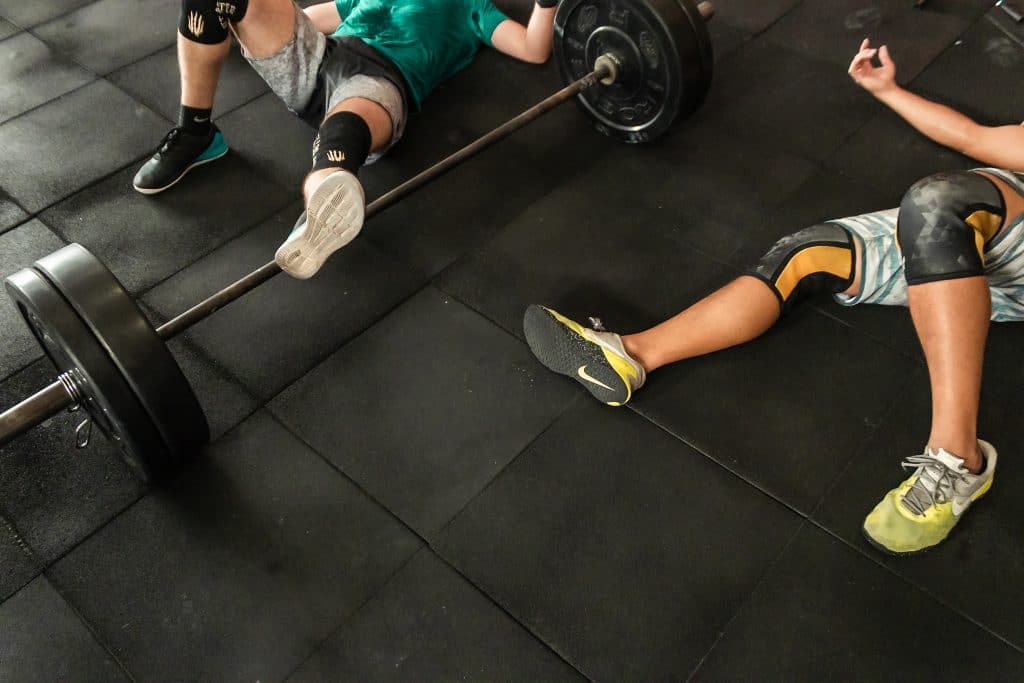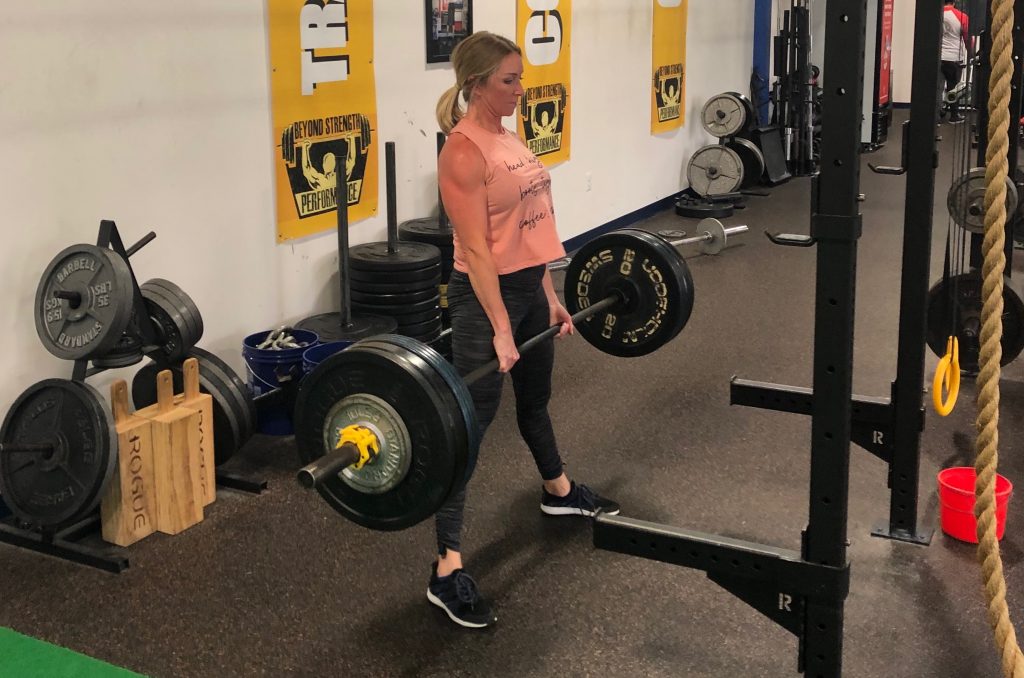A question I’m sometimes asked, especially by newer members to the gym, is why we don’t train to failure while lifting. Based on prior experiences, or maybe things they read in a magazine, many people believe that training to failure is the best way to make a muscle grow, or to become stronger. But, is training to failure actually helpful?
Before I can answer that question, let’s discuss what training to failure means.
Typically, when we talk about failure regarding a set of an exercise, there are two types of failure. We can call one type of failure technical failure, and the other muscular failure. Taking a set to technical failure means you stop that set when you feel your technique has begun to fail. Hence the term, technical failure. Muscular failure however, is when you physically can’t complete another rep even when trying your hardest. Going to technical failure is technically (see what I did there?) safer overall since we’re not letting our form break down much.
At BSP NOVA we rarely, if ever, train to muscular OR technical failure.
Why is that, you ask?

Three reasons we don’t train to failure:
- Safety and Learning
- Psychology Side of Training To Failure
- Fatigue Management
1. Safety and Learning:
First and foremost, training to failure is less safe than stopping short of failure. Our number one goal as coaches is to do no harm. Besides the obvious fact that we’d never want anyone to get hurt, it’s also the quickest way to halt progress towards our goals. Coaching someone to train to failure is asking for something bad to happen. This is especially true as people learn more challenging, and more heavily loaded exercises, like deadlifts, squats, etc. We want members to learn new exercises and become proficient at them, so that they may continually see progress. If, however, we push them to failure constantly, then learning will be hindered because they’ll be training poor positions when form breaks down.
We can’t expect someone to be able to learn a goblet squat well if we push them to failure with it early on. Someone pushing themselves at that high of a level of intensity will be battling themselves as to whether they can complete another rep, not whether their knees are in a good position. In either case, the risk vs. reward ratio doesn’t go in our favor and we’re better off stopping shy of failure by a couple reps. This is a big reason why use RPE (rating of perceived exertion) in our training as well—stay tuned for a blog on that next week.
2. Psychological Side Of Training To Failure:
I’ve written about failure before with these blogs because it’s an important ingredient for human growth. Failure is a seed that we can grow from is we learn from our failures. But, that doesn’t mean failure is ALWAYS a good thing, or that we always want people to fail. Although people may fail on their nutrition at times, consistency in training, improving their sleep, etc., doesn’t mean we want to add a ton of failure on top of that. If we simply trained people to fail their sets on a regular basis we’re reinforcing failure too.
From the start we want our members to be successful more often than not. Training people to failure trains them to fail. They leave their sets feeling like they weren’t competent at the movement at hand, and that’s not what we want. We don’t want members taking a one-way trip to failure-ville. We want our members to feel like they’re making progressing and becoming better and better at lifting—because they are. There’s a time and a place to push the intensity some, and there sure will be, but not all the time. And to be clear, sometimes bad reps happen or things get weird. That’s life. But, it’s not the goal.
3. Fatigue Management:
Another issue with training to failure is that it is more fatiguing than stopping shy of failure. Now, what does this mean and why does it matter? Well, when we push to failure we are exerting ourselves harder than if we stopped a couple reps earlier. So, this drains us more and causes more fatigue to occur. If we only did this rarely then it’s probably no big deal. But, if we make a habit of training to failure, then it becomes an issue.
Fatigue created from a hard set can effect subsequent sets. If I have 3 sets of front squats and my first set is taken to failure, then I’m going to have a hard time using the same weight on the next two sets. Or, maybe I can maintain the weight but there’s a higher chance of form breakdown due to fatigue, as well as not being able to put forth the same level of effort. That is, unless I rest a lot longer than normal to recover, but now the workout drags on forever. And who has time for that?
This fatigue from failure doesn’t just affect our subsequent sets that day, though, because it can affect our next workout too. Since we only benefit from training if we recover from it, and fatigue can accumulate from session to session, we can dig ourselves into a hole from which our training consistency takes a hit. This is no bueno for accomplishing our strength and fat loss goals

Is Training To Failure Worth It?
Hopefully you see by now that training to failure is rarely the best idea. The risk to reward ratio is not worth it in almost every case. When we stop with a few reps still in the tank, and our form in check, we set ourselves up for success. Our subsequent sets that day are more beneficial to us, as well as future training sessions too. So, train hard, but train successfully too—train for the long run.
